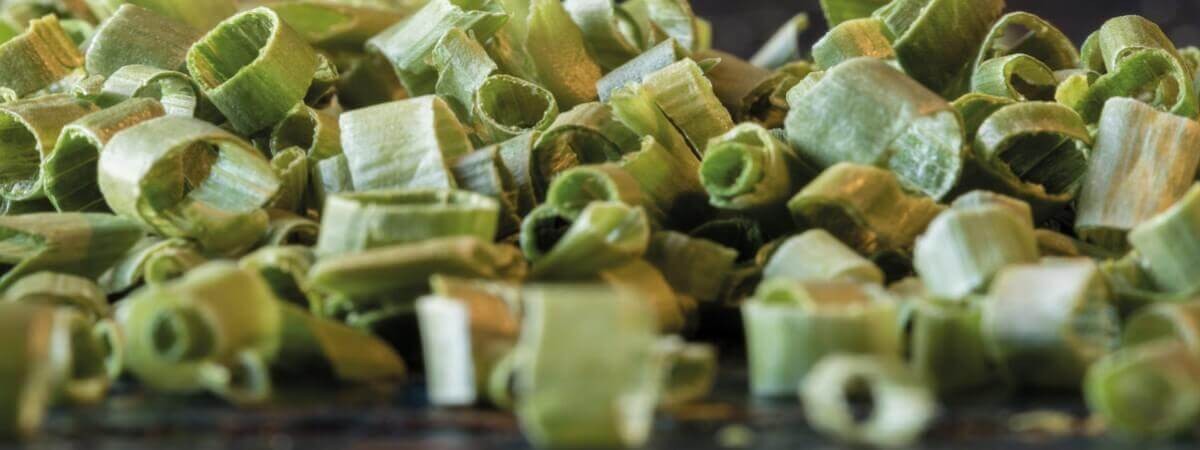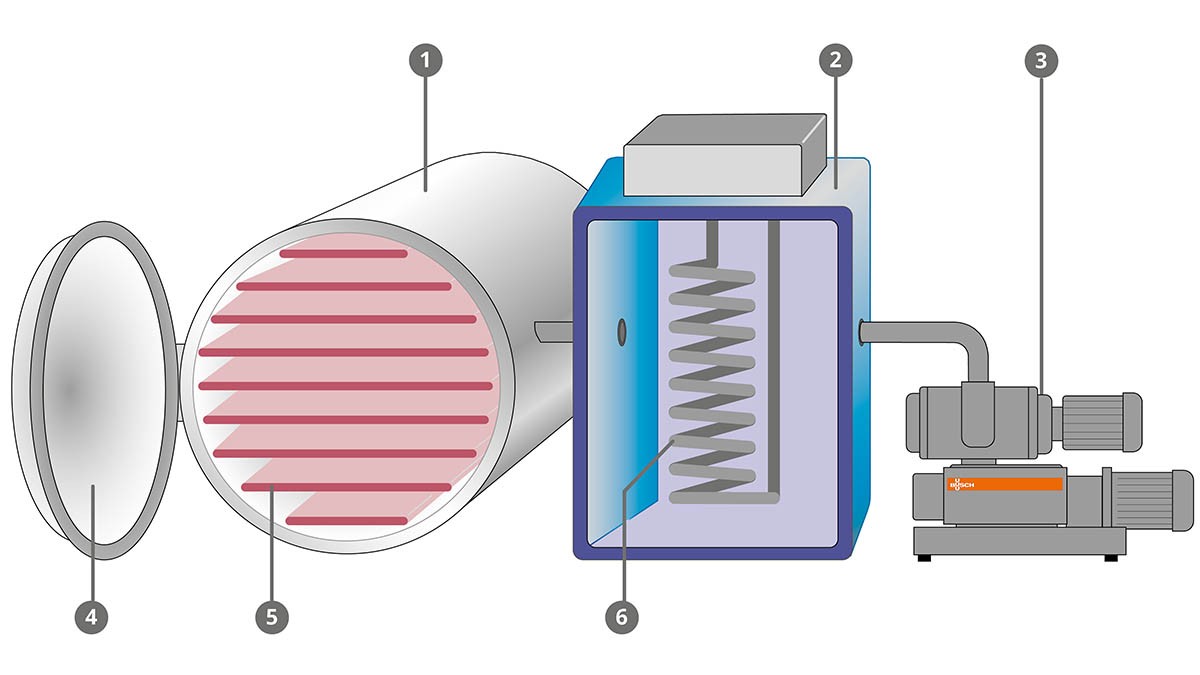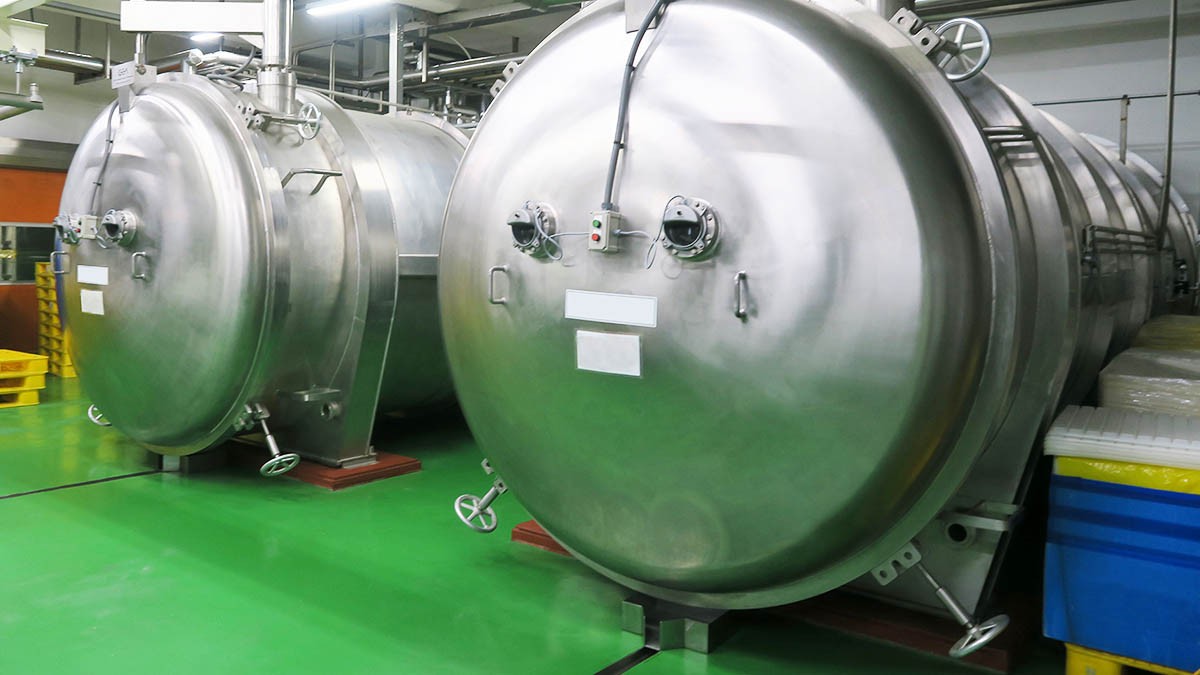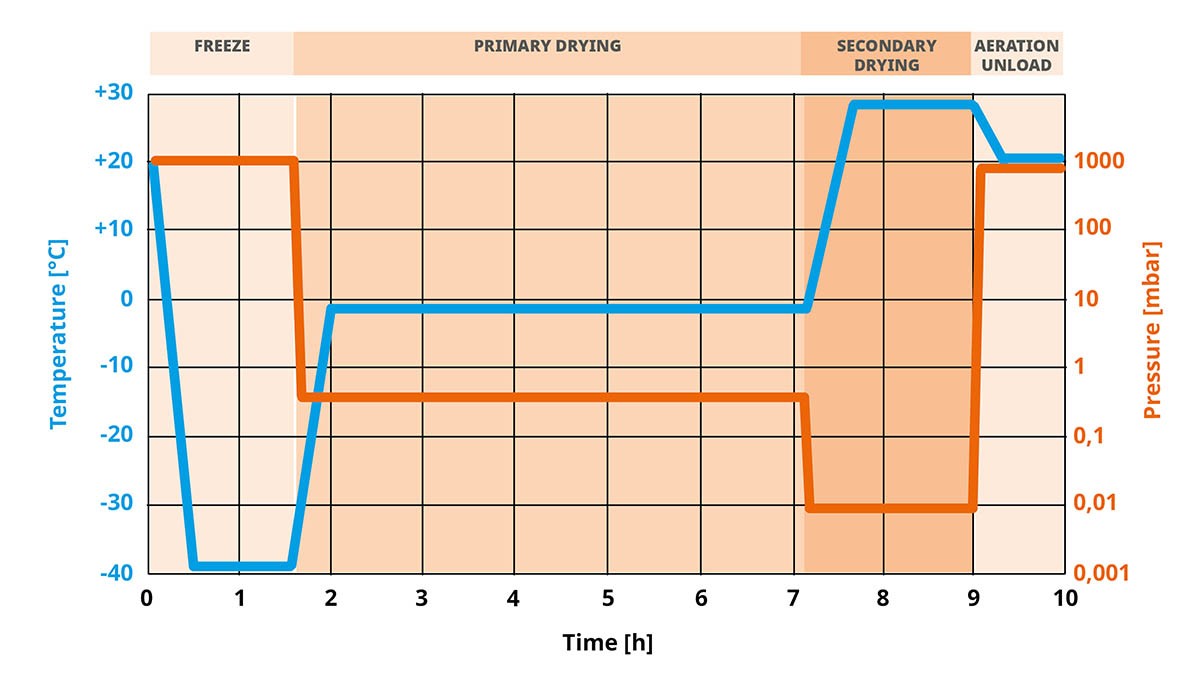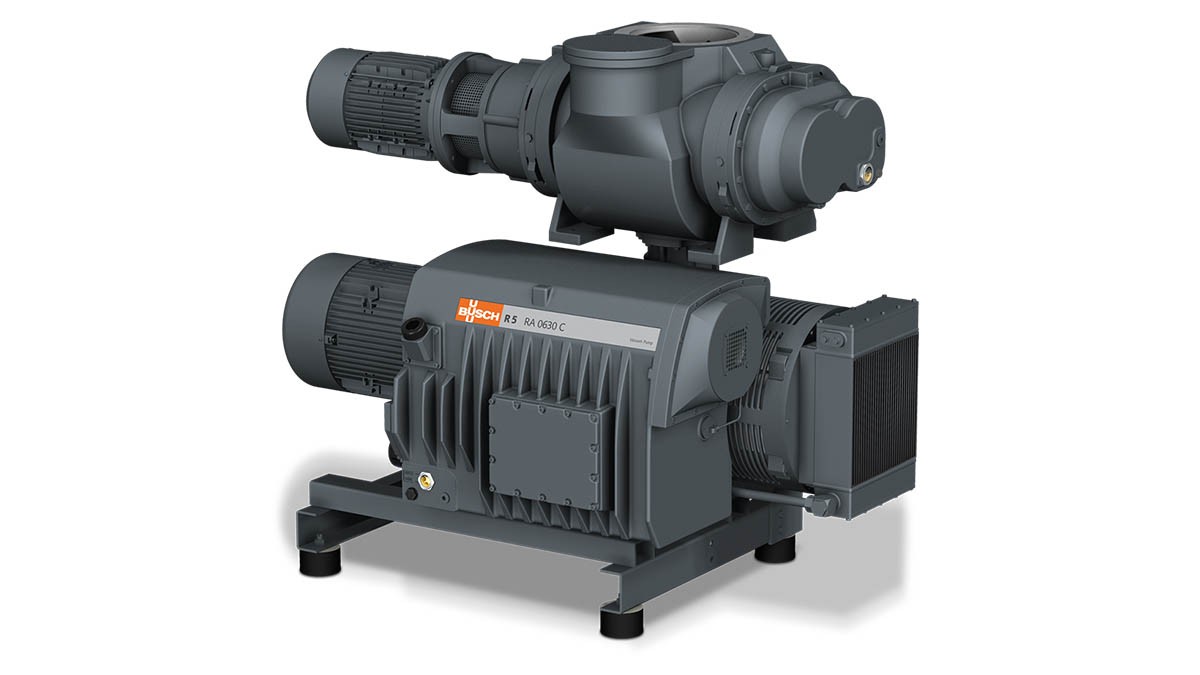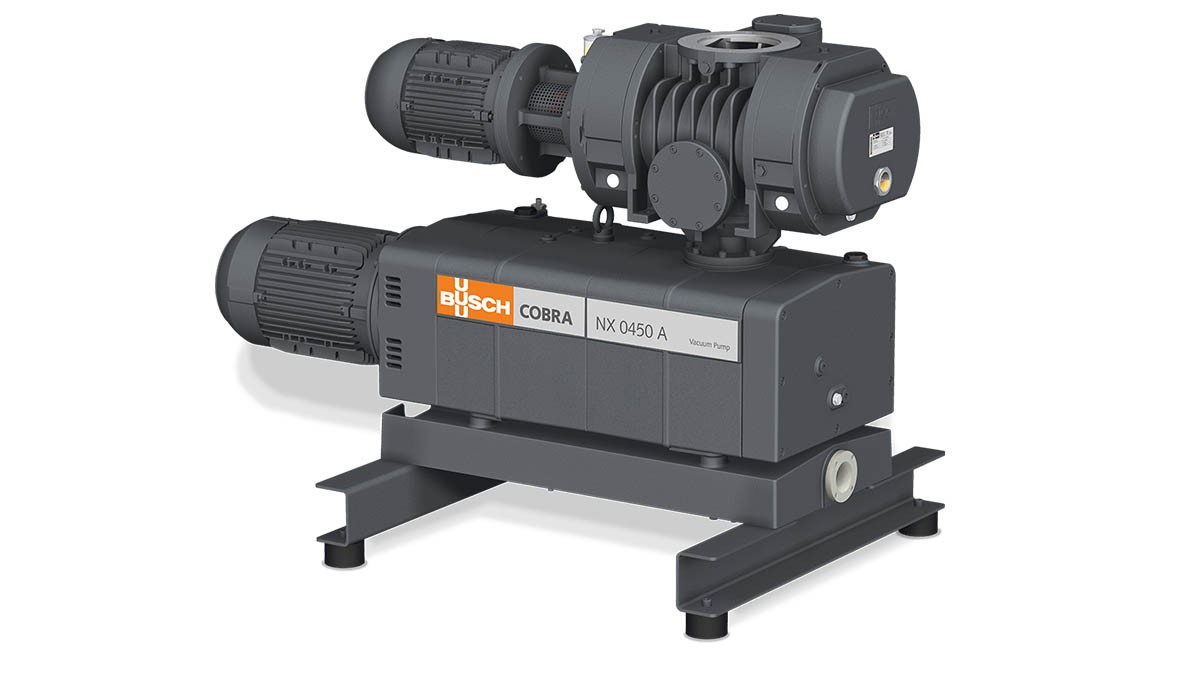The Role of Vacuum Technology in Freeze Drying
Maulburg, Germany
|
15.12.2020
There are several ways to extend the shelf life of food. One of the oldest methods belong of smoking and salting is drying – which was used long before freezing, boiling or vacuum packaging. Freeze drying is a modern extention of traditional drying methods to protect food from spoilage for longer.
Freeze drying is a modern extention of traditional drying methods to protect food from spoilage for longer.
This process is only made possible by modern vacuum technology because freeze drying food takes place under vacuum.
Where is it used?
Freeze drying is suitable for fruit and berries as well as for cooked meat or vegetables. Herbs and spices are also preserved through freeze drying by removing all but a few percent of the water from these products. The best-known freeze-dried food is probably soluble (instant) coffee. Many ready meals, which are only dissolved in boiling water for preparation as granules or in powder form, have been freeze-dried. In principle, food can also be dried in a simpler way, for example through desiccation. However, this has the disadvantage of changing the structure and appearance of the food. In addition, aromas can react with atmospheric oxygen, which has an effect on the taste.
During freeze drying, the structure remains unchanged and the dried cells can easily absorb water again during preparation.
By drying under vacuum, the aromas are largely preserved.
Freeze drying process
Freeze drying (Fig. 1) is a purely physical process that uses the principle of sublimation. Due to the vacuum in the drying chamber, the frozen water sublimates into water vapor. The ice skips the "liquid" state and becomes directly "gaseous" from "solid".
Before the actual drying process, the product, whether berries, pieces of fruit or coffee extract, must be deep-frozen in a cooling chamber. For this purpose, the product is spread over trays that are then placed in the cooling chamber either directly or on trolleys. The frozen product is then placed in the actual drying chamber (Fig. 2).
In some freeze dryers, cooling takes place directly in the drying chamber. Also freeze dryers for continuous processes are used in food processing.
After cooling, the actual drying process takes place in the air-tight chamber by reducing the air pressure in the chamber via a vacuum pump until a vacuum of 1 to 0.5 mbar is reached. The evaporation process of the frozen water now starts at -50 to -40° Celsius. The water vapor is suctioned out of the drying chamber by the vacuum pump into a downstream condenser. In this "ice trap" cooled to at least -70° Celsius, the water vapor sublimates and condenses as ice on the cooling coil. Most of the moisture is removed from the product in this process step, called primary drying.
During sublimation, thermal energy is extracted from the drying chamber. This means that the temperature in the chamber would drop during this process. The chamber therefore needs to be heated. Care must be taken to ensure that only as much thermal energy is added as is taken from the water as sublimation energy in order to keep the temperature constant or allow a slight increase in temperature up to -20° Celsius.
For most foodstuffs, primary drying is immediately followed by secondary drying. This involves removing more strongly bound residual moisture from the product by lowering the vacuum level to 0.01 mbar or below and raising the temperature above the freezing point. The drying chamber is then ventilated to atmospheric pressure and the dried product with a water content of one to four percent is removed for further processing. Dry air or an inert gas is used for ventilation so that the dried product cannot absorb moisture from the ambient air.
Physical parameters
The freeze drying process is essentially dependent on these parameters (Fig. 3):
- Pressures, or vacuum levels
- Temperatures
- Time
Of course, the products and their properties also play an important role. For this reason, trials will be carried out in pilot plants before industrial freeze drying or before drying large quantities of product.
Vacuum technology for freeze drying
Freeze drying requires a reliable and precisely adjustable vacuum supply. Two types of vacuum generation have proven themselves in industrial freeze dryers for foodstuffs:
- Vacuum systems with rotary vane vacuum pumps and additional vacuum boosters (Fig. 4)
- Vacuum systems with screw vacuum pumps and additional vacuum boosters (Fig. 5)
Which of the two vacuum systems is the more suitable depends on the size of the drying plant, the products to be dried and the physical parameters already mentioned.
Vacuum system with rotary vane vacuum pumps and vacuum booster
Rotary vane vacuum pumps are oil-lubricated and reach an ultimate pressure of up to 0.1 millibar.
In order to generate a higher vacuum level and to have a sufficiently high pumping speed in the working range of less than 1 millbar, it is advisable to use a so-called
vacuum booster.
This has the advantage that a vacuum level of up to < 0.001 millibar is achieved. Furthermore, a combination of a rotary vane vacuum pump and vacuum booster can be designed more precisely to the size of the freeze dryer and is even more energy efficient than a large single rotary vane vacuum pump.
Finally, a vacuum expert can calculate the most effective pump combination. Busch Vacuum Solutions can always offer the right vacuum system for every size of freeze dryer thanks to the wide range of sizes of rotary vane vacuum pumps and vacuum boosters.
Vacuum system with screw vacuum pumps and vacuum booster
Screw vacuum pumps operate dry, i.e. oil-free, and achieve an ultimate pressure of up to 0.01 millibar.
Also a vacuum system with a screw vacuum pump together with a
vacuum booster is preferable to a solution with a single vacuum pump.
Screw vacuum pumps can be equipped with a
frequency-controlled motor so that the pumping speed automatically adapts to the respective requirements of the process step during freeze drying.
How to select the best vacuum technology for your process?
A vacuum expert should generally be consulted when selecting the vacuum technology and its dimensioning. The expert will always be able to offer the most economical and technically sensible solution.
Busch Vacuum Solutions has been manufacturing vacuum solutions for freeze drying foodstuffs and pharmaceutical products for decades. In addition to vacuum technology, Busch also offers all monitoring, measuring and detection devices for the complete process.
Are you looking for vacuum technology for freeze drying?
Contact our vacuum experts
Maulburg, Germany
|
15.12.2020
